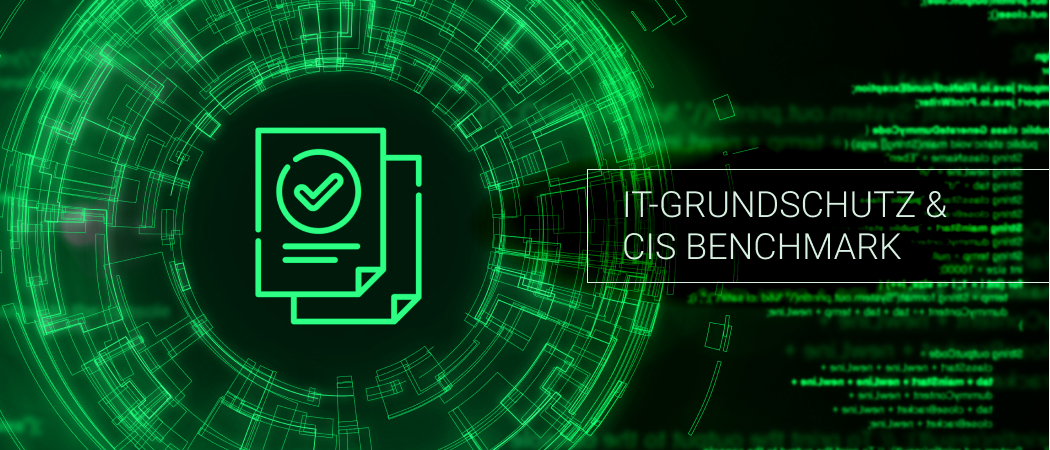Protection of Office Suites: Greenbone Integrates Additional BSI Basic and CIS Guidelines
The IT-Grundschutz-Compendium of the Federal Office for Information Security (BSI) has, in recent years, provided clear guidelines for users of Microsoft Office. Since April 2024, Greenbone’s enterprise products have integrated tests to verify whether a company is implementing these instructions. The BSI guidelines are aligned with the Center for Internet Security (CIS) guidelines.

In the section “APP:Applications 1.1. Office Products” the BSI specifies the “requirements for the functionality of Office product components.” The goal is to protect the data processed and used by the Office software. While Microsoft Office is likely the primary reference due to its widespread market penetration, the model behind the BSI guidelines aims to apply to any office product “that is locally installed and used to view, edit, or create documents, excluding email applications.”
BSI Guidelines
The module explicitly builds on the requirements of the “APP.6 General Software” component and refers to the modules “APP.5.3 General Email Client,” “APP.4.3 Relational Databases,” and “OPS.2.2 Cloud Usage,” although it expressly does not consider these.
The BSI identifies three main threats to Office suites:
- Lack of customization of Office products to the institution’s needs
- Malicious content in Office documents
- Loss of integrity of Office documents
The components listed in the BSI IT-Grundschutz-Compendium include 16 points, some of which have since been removed. Greenbone has developed several hundred tests, primarily addressing five of the basic requirements, including “Secure opening of documents from external sources” (APP.1.1. A3) and “Use of encryption and digital signatures” listed in APP.1.1. A15. The BSI specifies:
“All documents obtained from external sources MUST be checked for malware before being opened. All file formats deemed problematic and all unnecessary within the institution MUST be banned. If possible, they SHOULD be blocked. Technical measures SHOULD enforce that documents from external sources are checked.”
Regarding encryption, it states: “Data with increased protection requirements SHOULD only be stored or transmitted in encrypted form. Before using an encryption method integrated into an Office product, it SHOULD be checked whether it offers sufficient protection. Additionally, a method SHOULD be used that allows macros and documents to be digitally signed.”
CIS Guidelines Enhance Basic Protection
In addition to the requirements listed in the BSI Basic Protection Manual, the CIS Benchmark from the Center for Internet Security (CIS) for Microsoft Office includes further and more specific suggestions for securing Microsoft products. The CIS guidelines are developed by a community of security experts and represent a consensus-based best practice collection for Microsoft Office.
As one of the first and only vulnerability management providers, Greenbone now offers tests on security-relevant features mentioned in the CIS guidelines, uniting CIS and BSI instructions in numerous, sometimes in-depth tests, such as on ActiveX Control Initialization in Microsoft Office. The Greenbone Vulnerability Management tests whether this switch is set to “enabled”, but also many other settings, for example, whether “Always prevent untrusted Microsoft Query files from opening” is set to “Enabled” among many others.
Many tests focus on external content, integrating macros, and whether and how these external contents are signed, verifiable, and thus trustworthy or not, and whether administrators have done their homework in configuring Microsoft Office. According to the BSI, one of the most significant threats (and the first mentioned) is the lack of adaptation of Office products to the reality and the business processes in the company. Greenbone’s new tests ensure efficient compliance with regulations, making it harder for attackers and malware to establish a foothold and cause damage in the company.
Markus Feilner is a consultant for IT security, digital sovereignty and open source strategies from Regensburg. He has been working with Linux since 1994. He has been writing studies, articles and blog posts for Greenbone since 2021.



